Language in the Workplace
- Angela Novelli
- Oct 5, 2022
- 3 min read
Updated: Jan 31, 2024

As a leader, have you ever paid attention to the language used by your employees? Workplace communications can reflect how employees feel and, as workplace culture becomes increasingly humane and diverse, it’s important to focus on workers’ mental state more than ever before. In this blog, the Sedna team would like to elaborate on how patterns of pronouns used by workers give insights into their mental states, and how we can use more inclusive language in the workplace to support and uplift our colleagues.
Analyzing patterns of pronouns to gain new insights into employees’ mental state
As our workplace becomes increasingly diverse and equitable, we are starting to pay more attention to employees’ mental health and well-being. You may sense a worker’s declining mental health from his/her declining work quality or social withdrawal, but have you ever noticed shifts in the language they used? Research conducted by James W. Pennebaker, a language expert and social psychologist at the University of Texas has found that people who are more likely to use third person pronouns (they, she, he) care more, think more about others, and are much more socially engaged. Workers who might be less socially engaged than their peers could be more susceptible to disengagement from work, or even depression.
Meanwhile, studies have found that increased use of personal pronouns is a common shift for those with depression (Clinical Psychological Science). Researchers reported that pronouns are more reliable in identifying depression than negative emotion words, which are usually considered obvious signs. This pattern of pronoun use suggests that people with depression are more focused on themselves, and less connected with others. Still, this is not to mean that you should be alarmed if a worker in a meeting says, "I completely agree with what you have said. I'll think about that later.” However, it might serve as a reminder for supervisors to pay attention if they notice a significant shift in an employee's tone.
The use of inclusive language in the workplace
The second part of this article focuses on the use of inclusive language in the workplace. Words are extremely important and powerful tools. When used properly, language can unite people and facilitate mutual understanding. One practical and effective way to achieve this is to continuously learn about and use inclusive language. Inclusive language is the recognition that words matter, and that word choice can be used, intentionally or unintentionally, to include or exclude others. It is crucial to use inclusive language to make people who have been historically marginalized feel included. Below are three general guidelines that we should keep in mind in our workplace.
Use inclusive language when referring to gender, sexual orientation, and other identifying characteristics; Set aside any presumptions on the background and preferences of others: i.e., use “spouse/partner” rather than “boy/girlfriend or husband/wife”.
Use people-first language that centers on the individual rather than their descriptor: i.e., use “people with disabilities,” rather than “disabled people.”
Listen carefully to others when they share words or phrases they consider offensive.
Also, when you unintentionally say a non-inclusive word or phrase that offends others, you should first acknowledge what you’ve said and apologize to the person, and then start over again. Do not forget to reflect on why you have said it (Was this the first time you used that word? Were you in an environment where it was being used a lot?) and actively practice changing your vocabulary later.
It takes deliberate action to break one’s habitual use of terms and phrases that are not inclusive and often requires one to commit to a continuous journey of listening and learning. As a minority, woman-owned business, our team is committed to creating a more equitable work environment that strongly encourages and embraces diversity and inclusion in principles and practices. We not only pay attention to the language used in our workplace, but also focus on using inclusive job descriptions and asking proper questions during our hiring process, and do our best in creating a diverse workplace. We commit to cultivating a welcoming company culture to build a safe space for ongoing and open discourses about DEI and appreciating individual similarities and differences.
Sources:





Comments